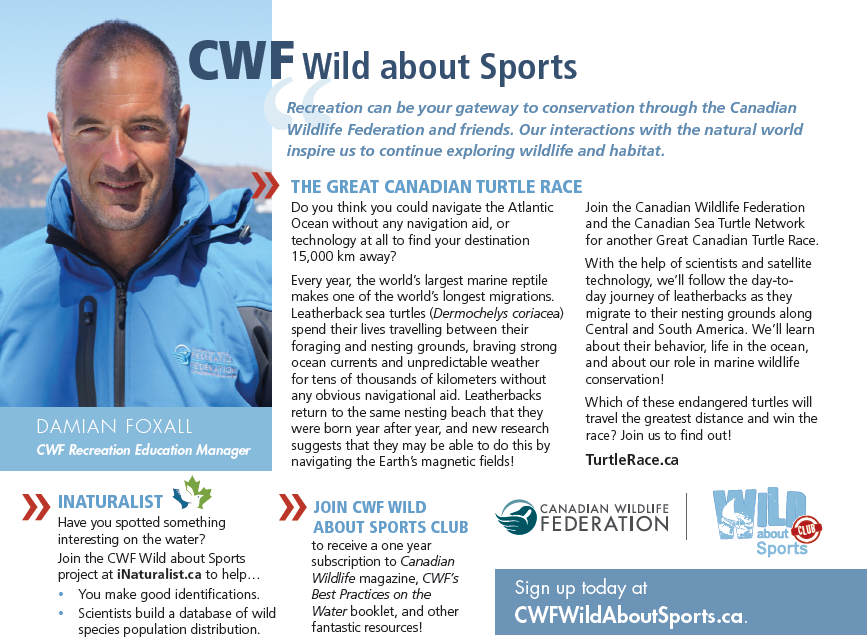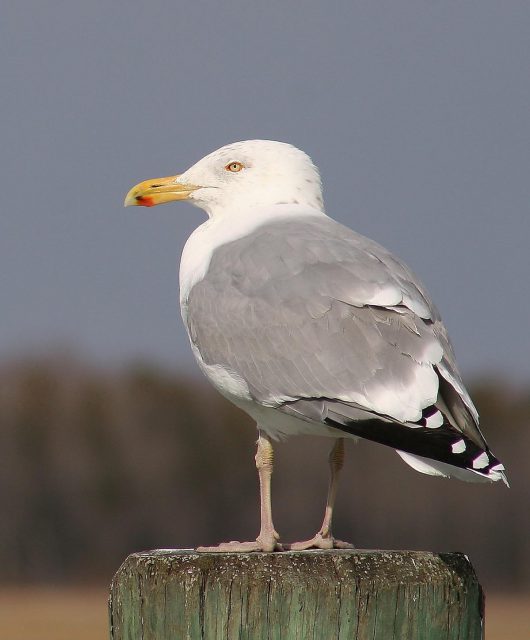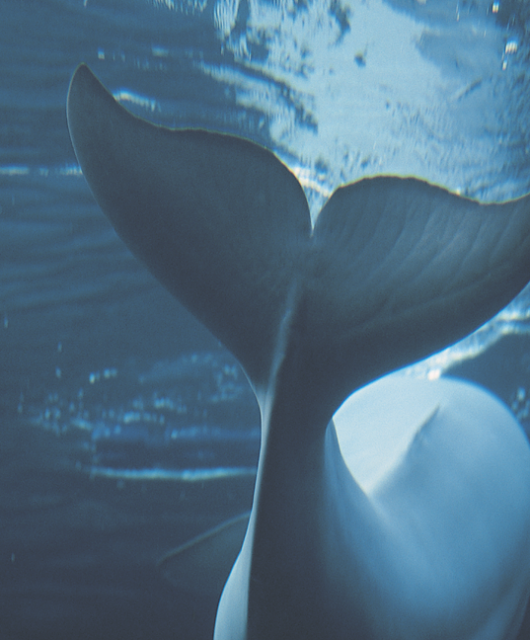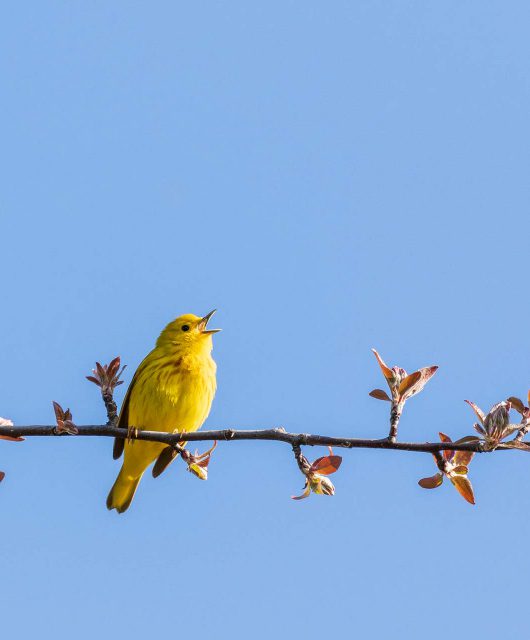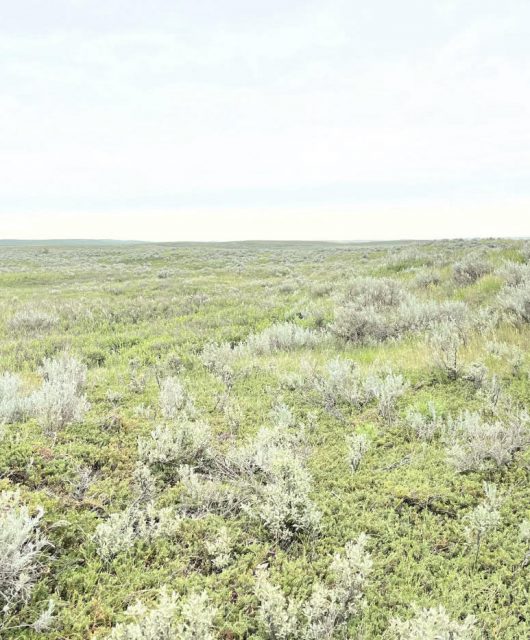Guest blogger Barbara Canning is a CWF Wildlife-friendly Certified Gardener.
The decision to certify our nature sanctuary with the Canadian Wildlife Federation was an easy one.
We wanted to show others that if bringing nature back could be done at our property, others could do it too! My family and I have been working for several years to bring nature back to a depleted old former quarry on the Bruce Peninsula. It had been quarried for decades, so the wildlife had moved on to greener . There wasn’t much left to work with at the beginning but rocks and a few remaining trees that hadn’t been taken down. It’s several acres in size so we are helping it grow back in a natural state that will support a wide range of species. It is different than many city gardens. It is beautiful in a wild and wonderful way!
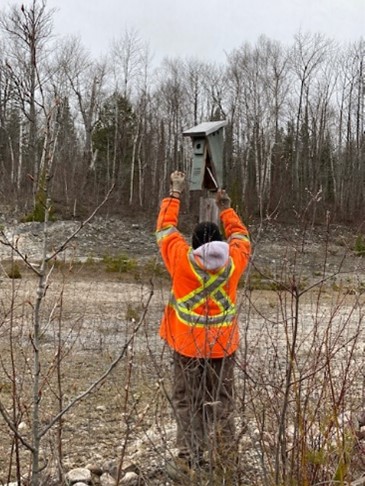
First, we removed the invasive species that seem to find spots to grow when nature is disrupted. Then we planted trees sourced from the local conservation authority, year after year. With pick-axes, and carrying bags of soil up steep, rocky slopes, and pails of water and wood chips. It’s so exciting to plant the little bare root saplings into the ground, and watch them leaf out over the summer. There’s a saying “First year they sleep, second year they creep, third year they leap”. That’s exactly what we see in our garden. Trees do double duty: they help wildlife and combat climate change as they hold carbon as they grow. Trees that were seedlings just a few years ago are now taller than me. It feels good to know you play a role in helping heal the earth.
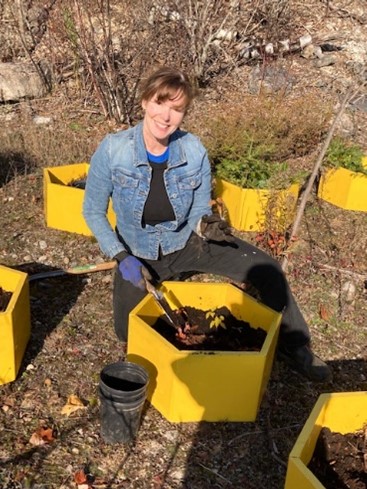
Creating a garden for wildlife is an amazing journey! Not only do the plants grow, but we learn and grow as well. The Canadian Wildlife Federation has great resources on their website that help us choose plants suitable for our site. The CWF website also helps us understand how ecosystems work. Each part is valuable: food, water and shelter. It all adds up to a healthy environment for wildlife. And a healthy environment for wildlife is healthy for us all.
Every year we add different plants to increase biodiversity. That means providing food and habitat not only for wildlife that is easy to spot, like the many bird species that come to visit or live here, but also the small creatures. Pollinators such as bees and wasps are such an important part of ecosystems and need to have habitat too. Sometimes the very plants they need to survive are important plants that some people used to call weeds, such as milkweed. Milkweed is the sole food for hungry Monarch Butterfly larvae, so it’s important to grow several plants in a wildlife garden, along with pollinator-friendly plants that the butterflies need once they take flight. Other tiny creatures like beetles, millipedes and earthworms also do important jobs like breaking down the woodchips and helping to build healthy soil where plants can grow. We welcome all these creatures in our garden.
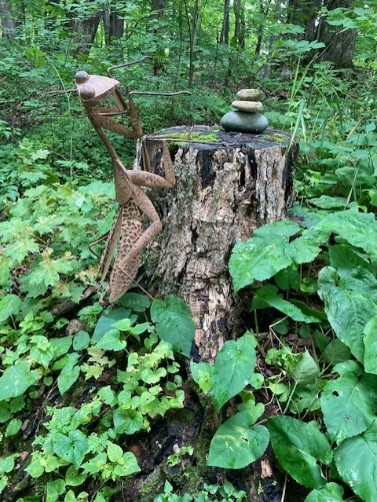
We have really noticed that as we plant more variety of pollinator-friendly plants, we are visited by more and more birds and wildlife. Some stay for a while to nest, and others feast and continue their journey. We are so happy to do our part to provide something they need.
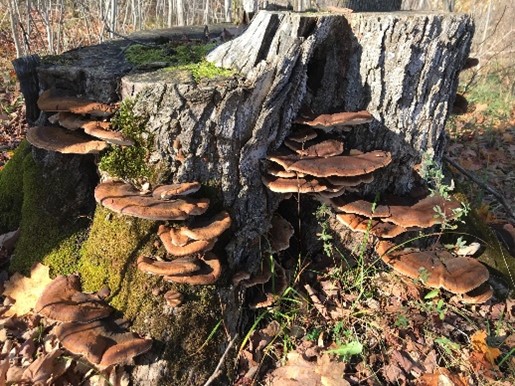
Neighbours and other people often stop and ask about what plants help attract wildlife. They are amazed when they walk by and see the garden alive with so many beings! We are glad we can tell them about CWF and the resources on the website to help people. Many people want to certify their gardens for wildlife, too.
Our garden is our happy place. Year round, it is full of life and fascinating to watch. Whether tending the garden, or just being still and watching the wildlife, it brings joy knowing we are part of helping nature.
Learn more about Gardening for Wildlife.

